Taking in and making images: Aikido and Relaxation
 Sunday, June 6, 2010 at 9:07PM
Sunday, June 6, 2010 at 9:07PM I spent two hours Saturday morning at a teacher’s training workshop at the Aikido Dojo. This is a monthly workshop that helps the black belt’s work on their teaching chops. The Sensei likes to have some less experienced folks there, as well, to be guinea pigs. What happens is that one of the black belts gets chosen to lead a 15-minute segment. They present a series of techniques and work with the group. Then afterwards we have a short period of feedback on what worked for us and what didn’t.
This is the second teacher workshop I have attended and they are quite different from the regular practices. For one, there are bucket loads of black belts in the room. Saturday had about 15+ with, maybe, four white belts. So the energy is quite different. The pacing in the room moves faster and there is clearly work going on at a deeper level than the classes with larger percentages of beginning practitioners.
But aside from the general energy level, we get to participate in the process of learning transmission. Perhaps that should be written with a capitol T?: Transmission. How does the inside of an action get transferred from one person to another? How does meaning move around the world? How does an action operating at a certain level get bumped up to the next level? All of these questions are present to me, in general, working with Aikido; however in this workshop, where the transmission part is being worked on specifically, these questions were right in my face the whole time.
And, one big insight came for me. I tried my best to share it with the group and I think I might have succeeded, though much of this insight unpacked itself after the work was over and I was driving home.
The context was this:
We were probably into our third or fourth presentation. Some of the things that had been presented were out of my regular skill and knowledge level. Which was fantastic for me. I got to work on some new kinds of falls (ukemi) and some very detailed throws that were out of my experience zone. I loved the challenge of it. Both of the previous two presenters had gone into unknown territory. This put me into a different kind of open state from the kind of practice where you are working on things that you already know but are now trying to deliver more efficiently and effectively.
When the next presenter came up they showed us another technique that I had never seen before. A new kind of punch with a specific kind of footwork in response to an attack. The details aren’t relevant here, but what is is how the technique was presented and what happened inside of me. The way techniques are presented at this Dojo (I say that because I haven’t worked elsewhere) is that the presenter calls up someone to partner with them by having them do a specific attack. Then the presenter responds with a specific defense. This is done four to eight times without talking. We all observe from the side. Then the move is, usually, dissected in one or more aspects by talking and then we all partner up and practice it.
This particular presenter showed us the response to the attack from several different angles and then got into some details about the footwork to look out for. One of the things you discover about Aikido right away is that the right footwork is critical to making the moves work. The wrong foot combinations, or movements, throw you off balance or put you in the wrong relationship with you partner and the move doesn’t work. Or it takes strength where, before, using their own balance would do the job for you.
So when this presenter was showing us something specific about the footwork, they pointed out two ways that you could do it. One: the right way, which goes with Aikido. And, two: the wrong way, which goes with a different martial art.
I made my mental notes, partnered up with someone and got to work. However, I found the footwork quite challenging. I mean, the whole move was challenging: hand work, arm work, posture work, leg work…. All of this combined for something challenging. However, I did notice something interesting about trying to pull off the legwork – which, in itself, wasn’t that hard. Then I realized these two images were wrestling with each other in my mind’s eye. The right way and the wrong way.
We finished up working with some other very cool moves that were new to me. Then we moved into the debriefing discussion. I thought to present this as a critique. I wasn’t sure what I would say, because I hadn’t quite worked it all out in my own mind. But what came out of my mouth intrigued me. I said something like, “As much as I find it fascinating to look under the hood of your approach to the technique, it is a challenge for me to have two versions to deal with. When I see one way of doing a move, I take it into myself and move it into my body and the image of my body moving. At least, as best I can. However, when I am shown two ways of doing a move, I take them both in. They both go into my system with equal weight. Even if I am told that one of them is the right way and one of them is the wrong way. They still both go into my inner eye with equal weight. Then I end up with this extra challenge of watching them wrestle with each other.”
We moved on from that and went on with the rest of the work. After the class was over I kept pondering this. Turning it over and over. By the time I was out to my car some more understanding came. I was asking myself what happens inside of me when I have these two competing images? What happens that is different from when I am just presented the one way, without variations of wrongness? All of this being extremely relevant to presenting music, both to students and audiences.
Here’s what I discovered. At least for me.
When I am presented an Aikido move I do my best to observe all the dimensions of the move. Firstly I try to pick up the overall shape of the move. Then I might take in what the arms and hands are doing. Then I take in what the feet are doing. Then I might make special notes about which way you are facing at different points of the move. All of this is building up an inner image. A kind of model to shoot for when I will begin to act the move myself. At the end of the short presentation I will walk away with some level of detail of what I am about to do: an inner model, in image, for a movement through space.
However, when I am presented the move and a variation of it, I still make a mental image of both of them. I have to, because that was what was presented. I can’t help not making these two images. I am right on the edge of a hyper-state of awareness trying to grasp what is presented. I can’t be in censor mode to take in some parts and leave out other parts. So both images get formed in my inner eye.
However with competing images, what I saw for myself, was that I have to bring an intellectual processor into the equation in order to sort through right and wrong. So where, in the first example, being shown how it is done I can make one image, bring it directly into my body and then start shooting for delivering it. But when I am given two versions, the right way and the wrong way, I have to insert an intellectual module into the system. It seems to work something like the two images are on one end of the process, then next comes the intellectual filter, then comes the bringing the image into my body and finally the delivering of the movement. But, also added to this, now the body has to keep going back to the filter and asking if I am still in image one or image two.
So a much more complex process is going on. And for me it was too challenging and ultimately added a level of uncertainty.
I suspect that this is really more of a ‘novice’ experience. Meaning, not only am I a relative beginner (only three years), but also this move was completely new to me. I have had the experience, with some of the moves I have been working on for a couple of years, that being shown wrong variations can prove useful. At least I think so… maybe not, I can’t be quite sure at the moment. Perhaps the most effective approach really may have been just being shown more and more details of the proper move. For example I can remember the Sensei showing me a specific way to grab hold of the uke’s hand, catching the thumb just right, for Shihonage. This would have been way too detailed at first. But adding it into my inner image of the move after several months make the picture more detailed. It’s true he didn’t show me a list of all the other ways it could be done wrong. He just showed me how my current approach to that detail wasn’t as effective as adding this detail. So we really were dealing with just altering my own image and giving it more details. Not adding in a bunch of images of the ineffective ways of doing it.
- - -
Like I mentioned before, all of these questions and all of the details that came from them are completely relevant to musical work and transmission. But I don’t feel like connecting those dots at the moment.
What is interesting to me is how this insight worked its way into my morning sitting today.
I wasn’t working with anything too heavy, just basic relaxation. Bringing my attention to different parts of my body and asking them to relax. And, suddenly, I realized that I was working with the same substance of this Aikido work. Basically, I was making contact with the sensations of specific parts of my body and then bringing an image of relaxation to those parts. That was how this relaxation was taking place. So I thought, “Damn, I better check out what image of relaxation I am bringing to this. Because if I am just wash-ily wishing for relaxation but not bringing a clear image to it, then how I am supposed to get anywhere beyond a washy version of relaxation. And if I have conflicting images of what relaxation means to me, then I am probably, also, dealing with having an intellectual filter who must sort through these as I am trying to get the action of relaxation to proceed within me. That doesn’t sound very effective.”
So, I began asking myself what type of image of relaxation I would like to be shooting for. I can’t offer that up at the moment, and I think it will begin to clarify itself more and more over the next few weeks.
Just for fun and R&D I moved this relaxation to two other spheres. One, my emotional world and two, my intellectual world. Asking myself, what image of relaxation I would like to hold in front of my emotional world? And, what does relaxation taste like in my intellect?
It seems very clear work, to me now, to refine these images and give them as much detail as I can. Just like holding an Aikido movement in my mind as I move my body through space.
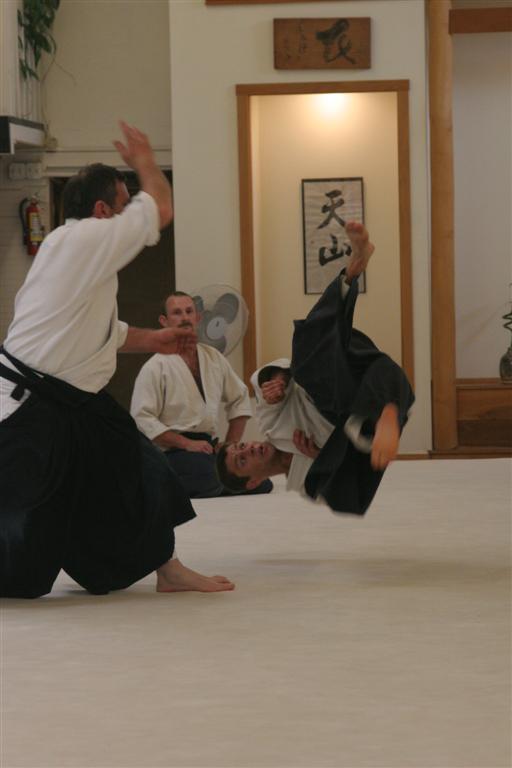
 aikido,
aikido,  images,
images,  relaxation
relaxation 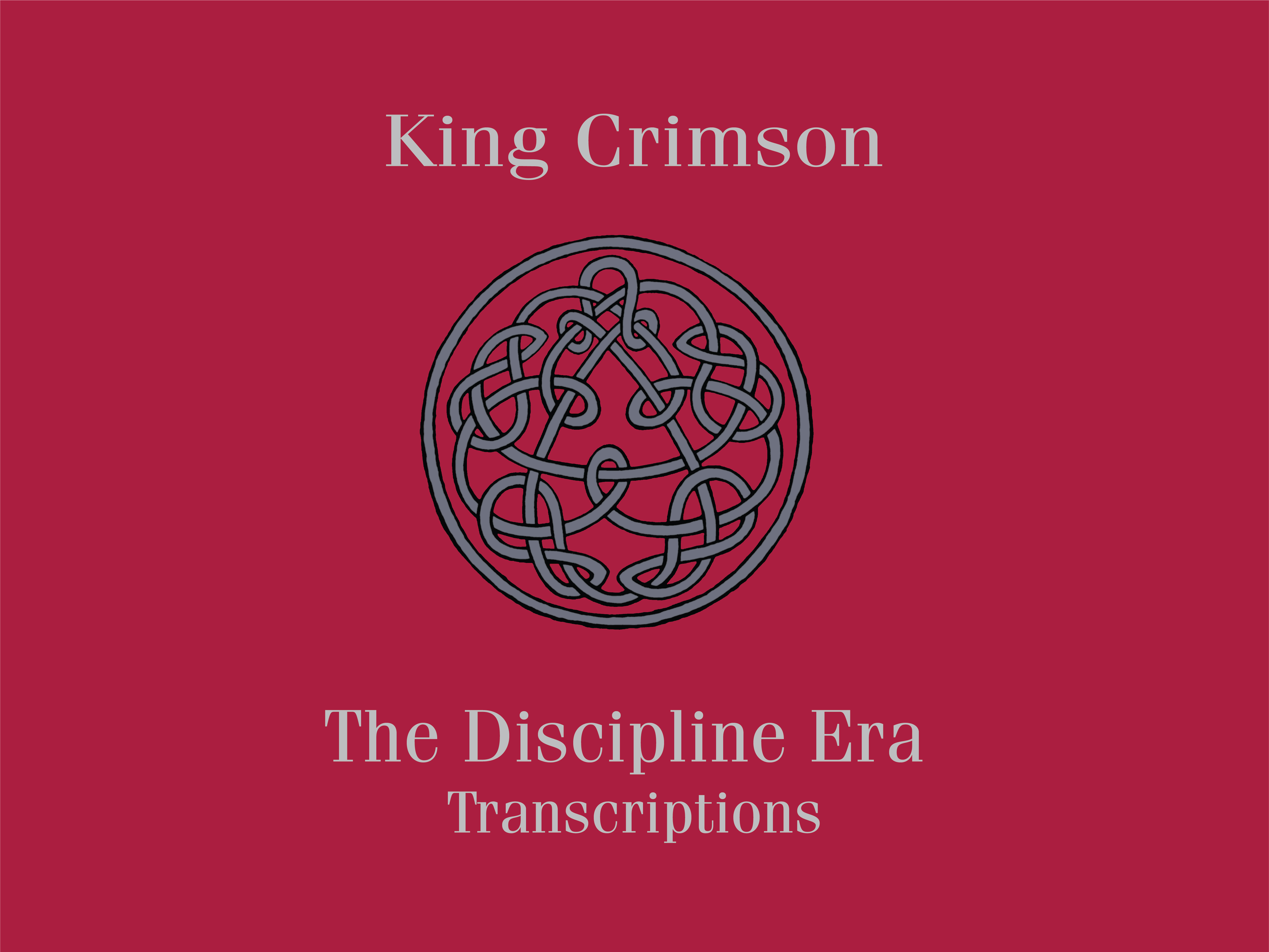
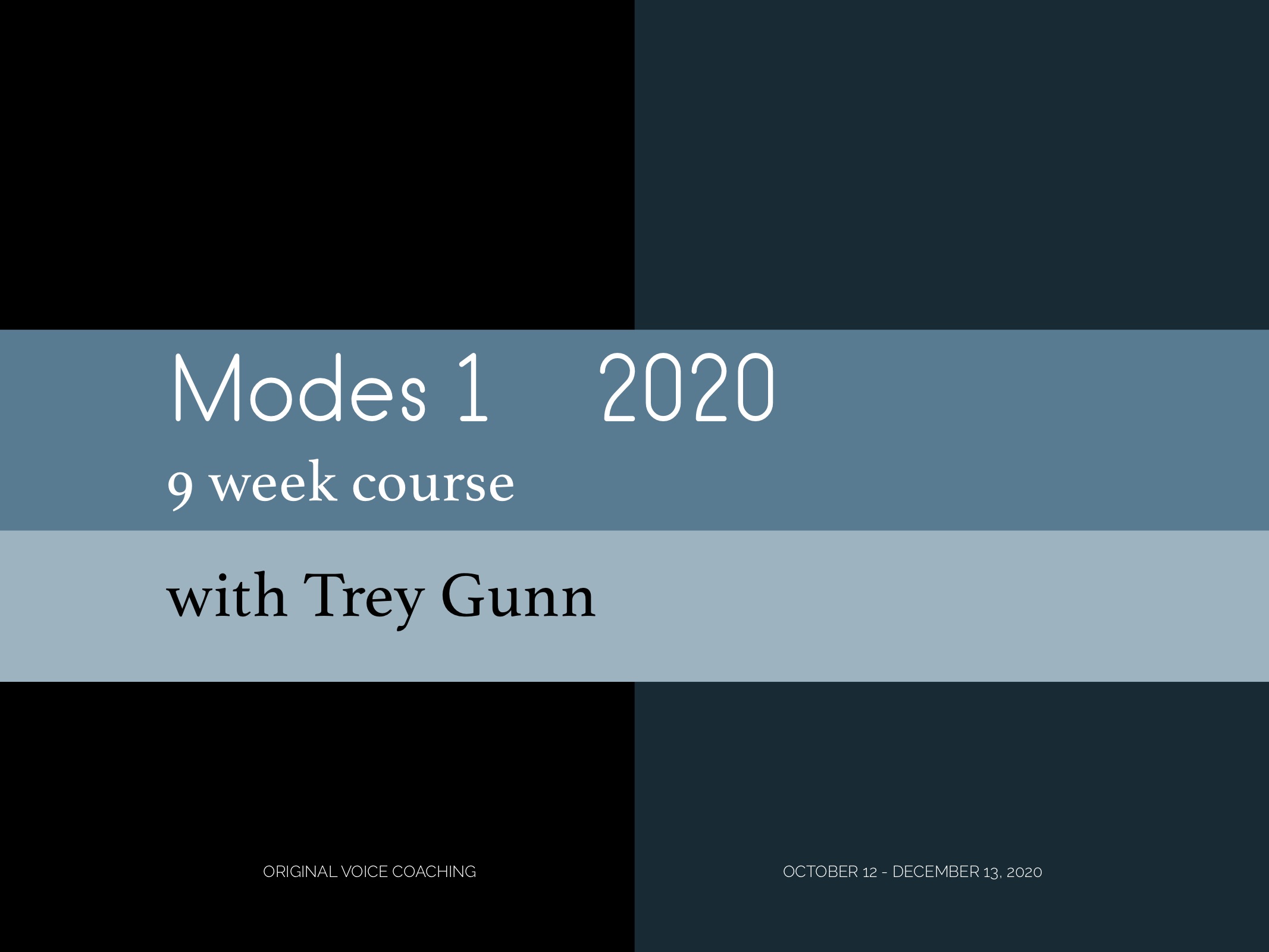
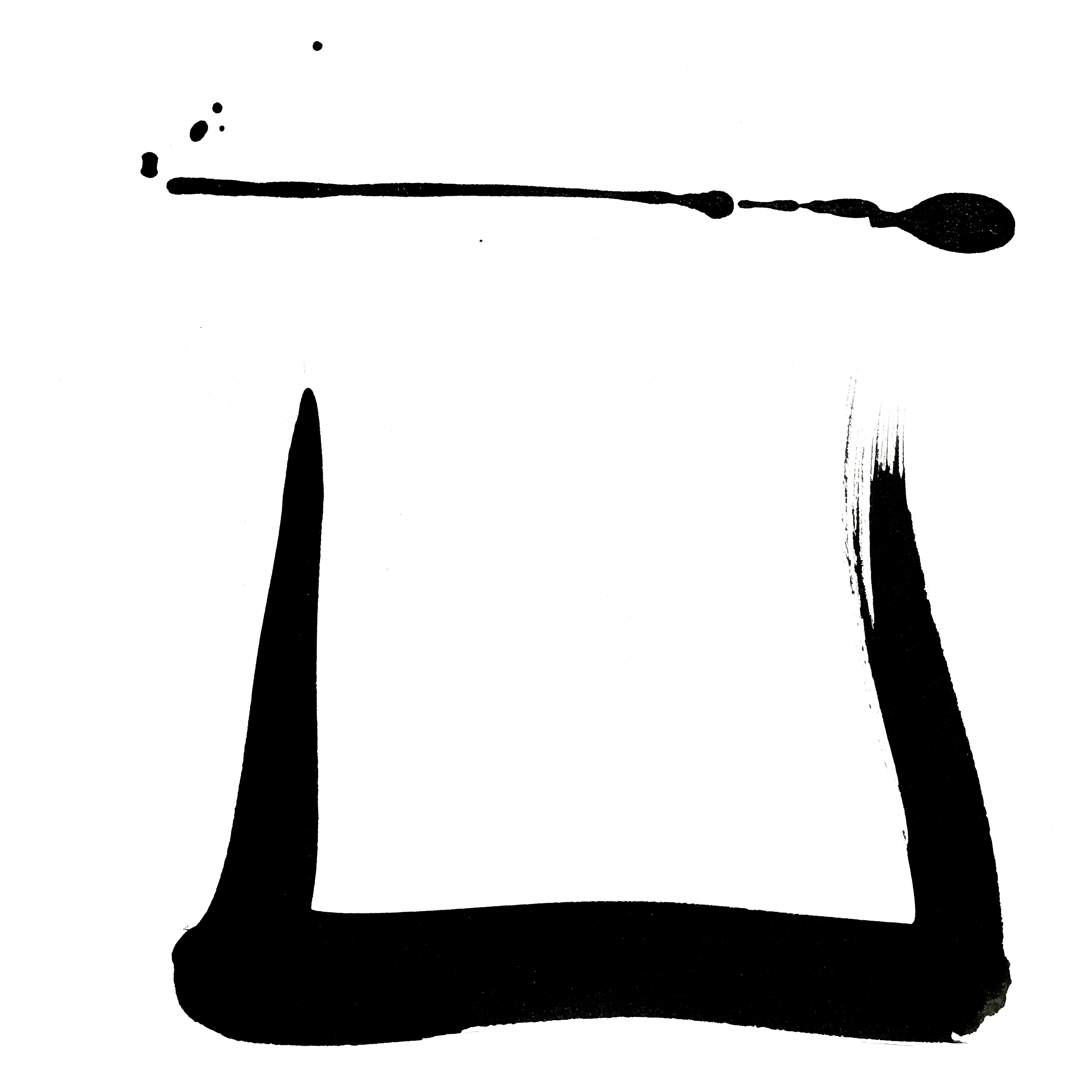
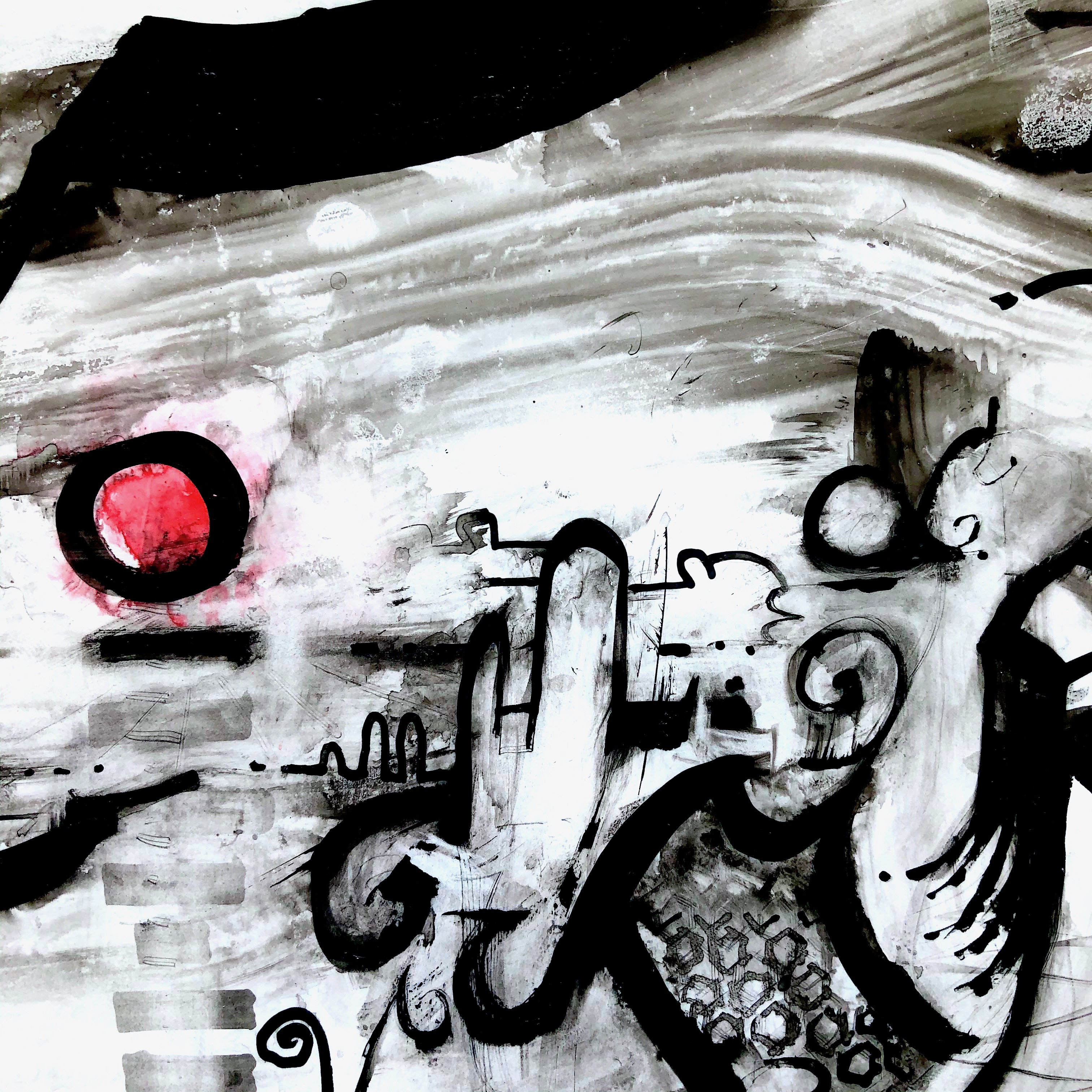
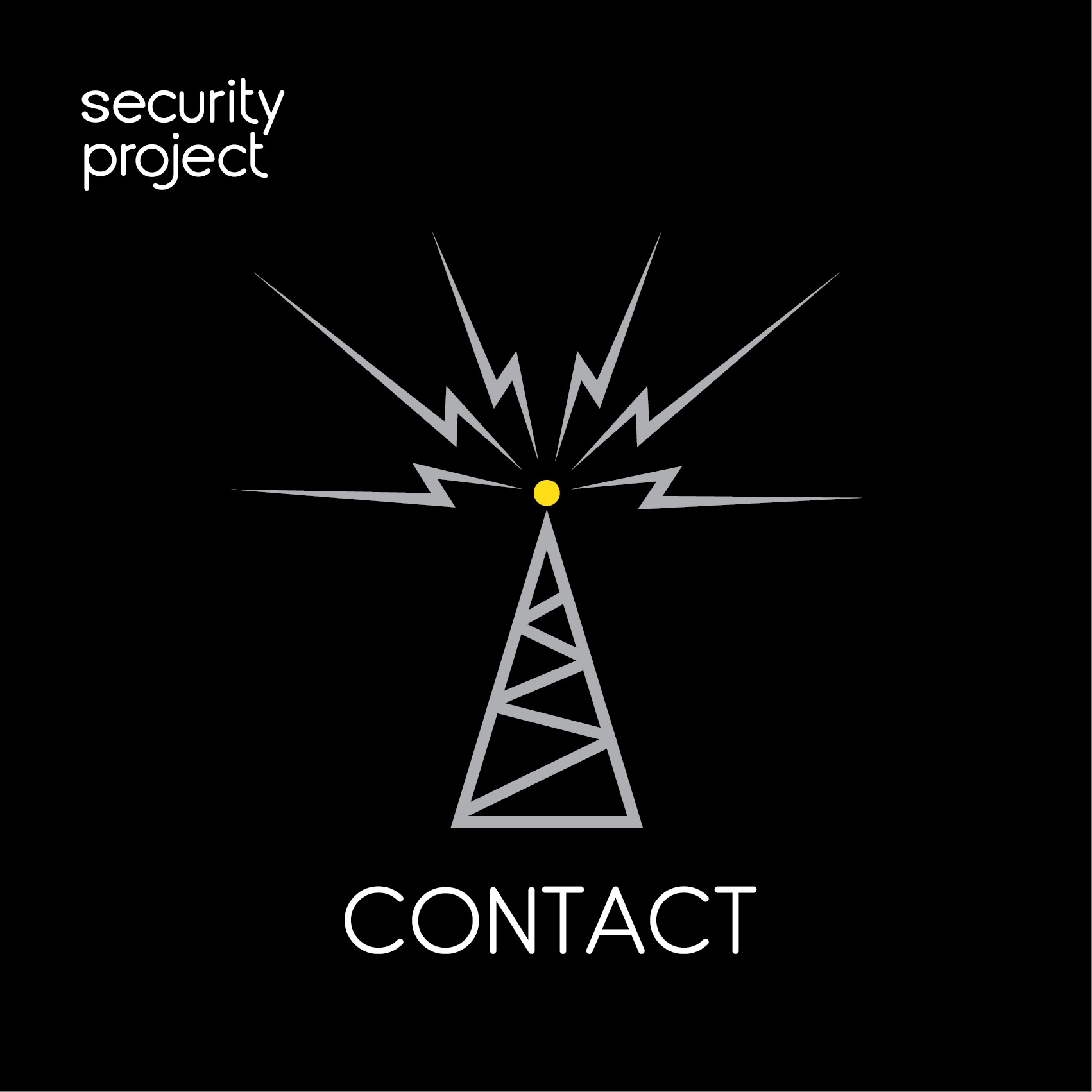

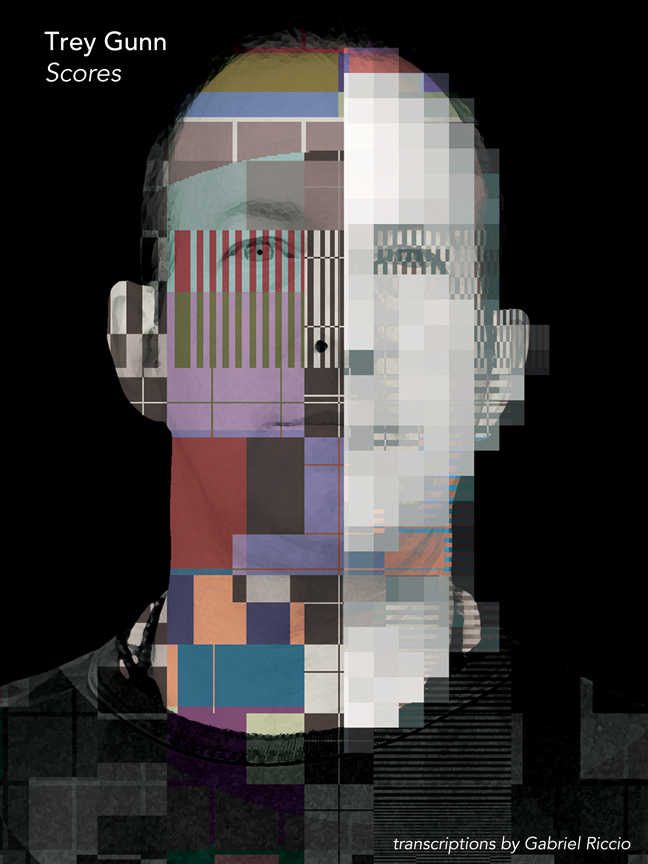

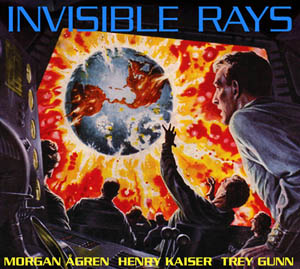
Reader Comments (5)
you should buy a drumset and practice on it...
This reminds me of something I read once about how some people learn a series as its individual pieces and others learn a series as a complete entity. When, for example, item or step 3 is changed, those who learn the series as individual pieces can look to the series, replace "old 3" with "new 3," and continue; those who learn the series as a solid item must re-learn the entire series in order. Since each aikido technique is, in effect, a series of movements, holding a right and a wrong image in your head at the same time is like having two 3s. Regardless of whether you're a piece learner or an entity learner, it can be confusing.
May I borrow your example of the intellectual filter to use in discussion? Also, I would be interested in follow-up posts on the musical aspects.
Thanks, and best wishes for your practice.
this is a good blog! and a great topic.
in a nutshell, i absolutely agree the filter of right and wrong becomes an intellectual one--a conscious act of learning (in life, too; not only physical practice!) and i think it's quite necessary.
i'm reminded of the learning process for ballet. there are some who have a natural affinity for movement and the physical traits dance requires--namely strength and flexibility. others have to build those areas. but everyone has to work on techniques to allow them to be more efficient with movement--so you can carry that movement through gracefully. that process requires a LOT of thinking--and lots of physical practice. you have to work through the technique and the errors you're making mentally, then undo them mentally and physically. you catch yourself in the moment of error and correct. and you do this very slowly with a teacher.
this is what i love about music lessons, too. when you have the instant feedback from a teacher, you're able to spot those ergonomic faux pas that hold your technique or playing back or make you injure yourself.
what i've learned, especially with music, is the mental ATTITUDE i take toward wrong movement is what can get in the way of progress. essentially--injecting too much judgment onto wrong stuff can keep you from learning. maybe this is where that intellectual "block" might be leveraged more effectively. in other words--if we have no judgment about whether what we're learning is right or wrong--we can take in both approaches as simply information. eventually, we'll see what is the more effective route or technique, but it might not mess with our heads as much if we see each approach as getting to some end goal. this isn't to say we want to wind up using the 'wrong' approach, just being aware of what it gets us.
i could yadda on this topic forever, as i'm fascinated with kinesthesiology and how our bodies perceive and move through space. but the other interesting point you bring up is around relaxation. i think the big thing we have to do there is bring conscious intent to it--but then let that go. you can't really think your way into a relaxed state, as by its nature it's being in that state of non-being; of timelessness. [well that's how it goes for me!] so to be too purposeful in trying to make that happen almost takes away from the relaxation itself. but to be able to mentally discriminate between which space you're occupying--relaxed or not--is a good start to actually getting relaxed.
no, that's not confusing at all!
so refreshing to have someone thinking and writing about this stuff in cyberworld. it's cool to see others' insights and discoveries. i guess there is life beyond facebook : D
thanks and keep it going~
also begs the question--what are your thoughts on this now, 2+ years after first observing it?
I wanted to learn Aikido, I was with an urge to learn this new martial art, I had no money, I live in a country where the wealth is unbalanced, too much for the ones who already have too much, in the other side well you know the poor ones, so I taught myself and my girlfriend, we were learning, from sketches I drawed from videos I considered worth to learn, then we had some discipline, that was alright, something was growing up, and because of my joy to draw I could then memorize the movements, a very challenging mental excercise, and I just wanted to get home and practice that blurry mental scene, I had that waiter job, but art is what I want, so I wanted to practice the guitar and the Aikido, not be a servant of some cheap and limitless boss, actually I still don´t have the money, but working on it, trying to do some job that satisfies my, I´m too sensible, for example t.v. is awfull I have to be very careful because of the vibration and all the economic limits, limits within me (as genealogy spread point of view), the thing is, all this things makes a wider-world, more sense way, when I read this post. Some hope, and strenght necesary to keep on believing. Because to create is necesary to beleive first, in spanish create and beleive have same diction when you say: yo creo and yo creo.
Leonardo